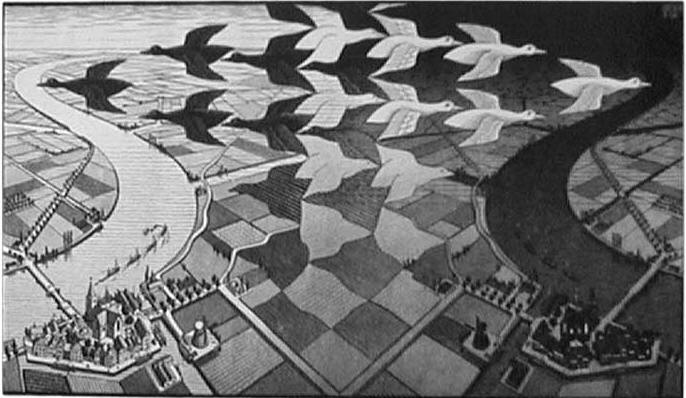DIGITAL FABRICATION: PARAMETRIC WORKFLOW PROCESS
System = unit + organization + parametric variation
Digital fabrication for our purposes will describes the process of going from parametric information in the virtual environment to the physical environment. The purpose of physical fabrication here is more concerned with human experience and ritual than form and metaphor (Allen). We are concerned the everyday experience, the phenomena (Christian Norberg-Schulz, Ando), to affect human life.
1.0 Principles of Digital Fabrications (Lisa Iwamoto)
- Forming
- Folding
- Contouring
- Tesselating
- Sectioning
1.1 Forming
Used in conjunction with other techniques
Digitally fabricate the mold then manually cast the form
Digitally fabricate the form, manually cast the mold, manually recast the form
Use various materials for both mold and the form, Scalable
Cost effectively creates non-standard mold making
.
1.2 Folding
When a 2D material is manipulated by cutting, folding, or scoring to become a 3d object. The structure itself can be linear, parabolic, or crystalline.

.
1.3 Contouring
Contouring is created by subtractive carving of a solid. Carving is the traditional hand method. Digital fabrication with a CNC router can achieve greater complex geometry. The direction of carving depends on the router: 3, 4, or 5 axis. Cutting tools can be attached to robotic arms to cut surfaces, as in the ceramic example below.
Gradient Scale by SPAN Architects and Manfred Hermann. Process:
Resources:
Mattersync Magazine. “Gradient Scale.” 10 October 2005. (1 Feb 2013.)
Stefano Andreani, Jose Luis Garcia del Castillo, Aurgho Jyoti, Nathan King, and Mar-tin Bechthold. “Flowing matter: Robotic fabrication of complex ceramic systems.” Harvard University. (1 Feb 2013.)
.
1.4 Tessellating (Tiling)
1.5 Sectioning
Dunescape and other SHoP projects
.
3.0 OTHER BENCH PROJECTS
.
3.0 WORKFLOW: Preparing to Laser Cut
.
4.0 University of Oregon Digital Media Collaborative
































